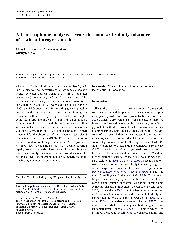摘要
The bread wheat cultivar Shanrong No.3 (SR3) is a salinity tolerant derivative of an asymmetric somatic hybrid between cultivar Jinan 177 (JN177) and tall wheatgrass (Thinopyrum ponticum). To reveal some of the mechanisms underlying its elevated abiotic stress tolerance, both SR3 and JN177 were exposed to iso-osmotic NaCl and PEG stress, and the resulting gene expression was analysed using a customized microarray. Some genes associated with stress response proved to be more highly expressed in SR3 than in JN177 in non-stressed conditions. Its unsaturated fatty acid and flavonoid synthesis ability was also enhanced, and its pentose phosphate metabolism was more active than in JN177. These alterations in part accounted for the observed shift in the homeostasis related to reactive oxygen species (ROS). The specific down-regulation of certain ion transporters after a 0.5 h exposure to 340 mM NaCl demonstrated that Na(+) uptake occurred rapidly, so that the early phase of salinity stress imposes more than simply an osmotic stress. We discussed the possible effect of the introgression of new genetic materials in wheat genome on stress tolerance.
- 出版日期2012-1
- 单位山东大学
